Encore Renewable Energy project and team featured on Patagonia Workwear Instagram account
An old auto salvage yard in Morrisville, Vermont is now generating clean, carbon-free solar power, the above video is a director’s cut for Patagonia Workwear, produced by Jesse Burke. He ventured up to Vermont to shoot this array during construction. Snow, wind gusts, ice and a -16° wind chill made for a chilly day on site.
Thousands of brownfield lands lie in wait in cities and towns across the United States. Abandoned, idled or underutilized land due to environmental contamination of soil and groundwater are classified as brownfields.
For over a decade, our team has redeveloped these under-valued properties for community benefit with solar energy, converting these abandoned properties into community value in the form of energy savings, property tax revenue and local job creation opportunities. During this time, the solar industry has grown in leaps and bounds, driving the transition to an economy powered by clean, carbon-free energy. This impressive growth presents new challenges to finding suitable land for solar project development that does not disrupt environmental resources, agricultural production or the aesthetic quality of a community. With brownfields pre-screened for renewable energy development by the U.S. Environmental Project Agency across the country, these abandoned and underutilized properties represent an untapped opportunity for sustainable energy development.
The family-owned former auto salvage and repair facility in Morrisville, Vermont served the local region for decades before closing in 2018. Prior to cleanup, the site contained hundreds of junked vehicles, thousands of auto tires and numerous sources of soil contamination from leaking oil and gasoline tanks. The land now hosts a 2.1 MW community scale solar array that is generating clean electricity for the community. The project will produce approximately 3,200,000 kilowatt hours per year of clean, carbon-free electricity, enough to power approximately 375 homes annually.
Redeveloping brownfield sites for energy production or other uses is not a simple undertaking. It requires significant amounts of coordination between environmental engineers, remediation contractors and the regulatory community. But in the end, these projects can result in the reuse of an otherwise abandoned piece of property, putting it back into a productive, value generating community asset while also serving to protect other unimpacted land within the community for other uses including conservation, housing and agricultural use.
“We are providing a community benefit when we turn these otherwise unproductive pieces of land into a source of renewable energy. We’re also cleaning up the environment in the process, and it’s way more complicated than you’d expect,” offered Chad Farrell, Founder and CEO for Encore Renewable Energy “Turning a brownfield into a brightfield means identifying and addressing environmental risks like soil contamination, working with regulators to develop the safest, most cost effective clean up of the site and designing projects to operate with existing environmental conditions.”
Working on a brownfield, a landfill or other contaminated site requires careful planning and a high attention to detail. Contaminated soil can sometimes be found throughout a site and in many instances must be removed. When digging and moving soil as part of the project development it’s possible that additional contaminants can be unearthed. Once a project is complete, the redevelopment of a brownfield or landfill with a community-scale solar project truly improves the local community, by creating energy savings, jobs, and turning a previous blight into an economic opportunity.
“The ground may have been covered with snow during construction but we were already planning for the ground beneath the array to be planted with pollinator-friendly ground cover to support habitat for bees, butterflies, hummingbirds, moths, and other insects critical to future food security,” said Amber Lessard Project Manager – Field Services at Encore Renewable Energy during construction. “In addition, pollinator friendly ground cover increases carbon sequestration, improves soil quality, reduces stormwater runoff, and channels storm water back into underlying aquifers, all while addressing the social importance of supporting healthy food systems.”
The US EPA estimates that there are over 450,000 brownfield sites across America. Additionally, RMI’s report, The Future of Landfills is Bright, estimates that America’s closed landfills alone could host at least 63 GW of solar, enough to power 7.8 million American homes. By sustainably reusing already developed land to reduce the need to build on undeveloped land, we are able to preserve this land for housing, agriculture and/or conservation. With the right policies, we can continue to improve underutilized property for clean energy generation and energy storage, while collectively revitalizing communities and creating a cleaner, brighter future for all.
Learn more about Encore’s brownfield redevelopment work and get in touch today>
Photo credits: Jesse Burke and Patagonia Workwear Instagram account

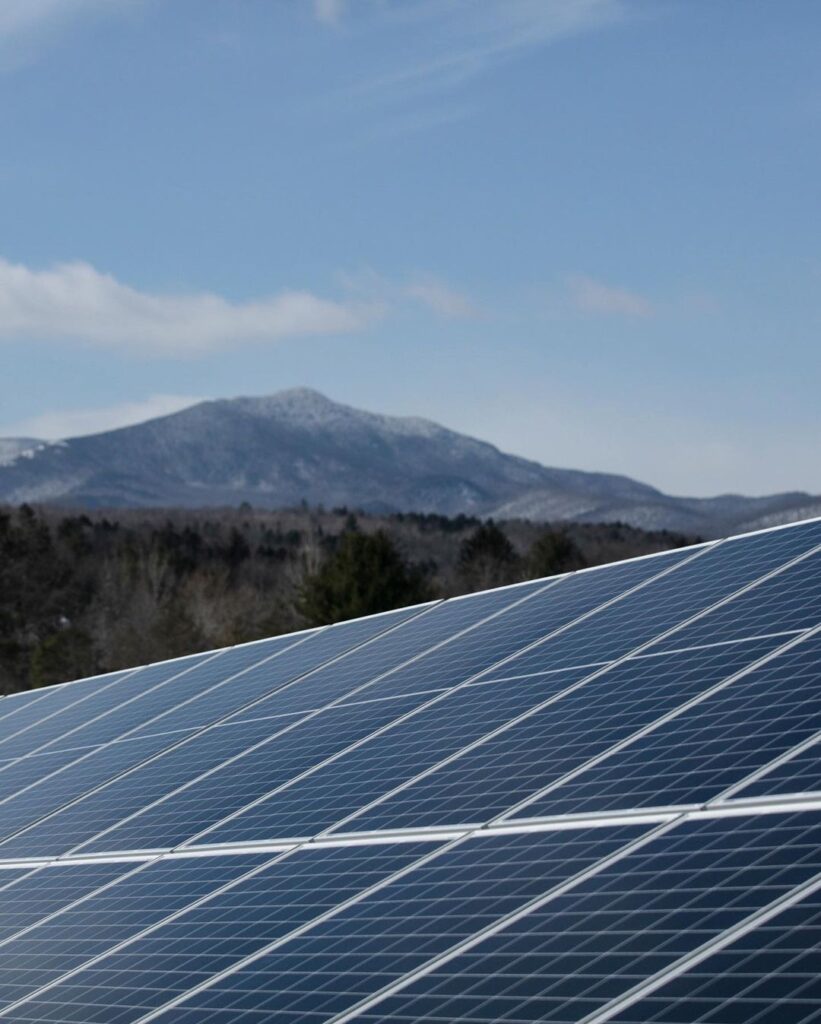
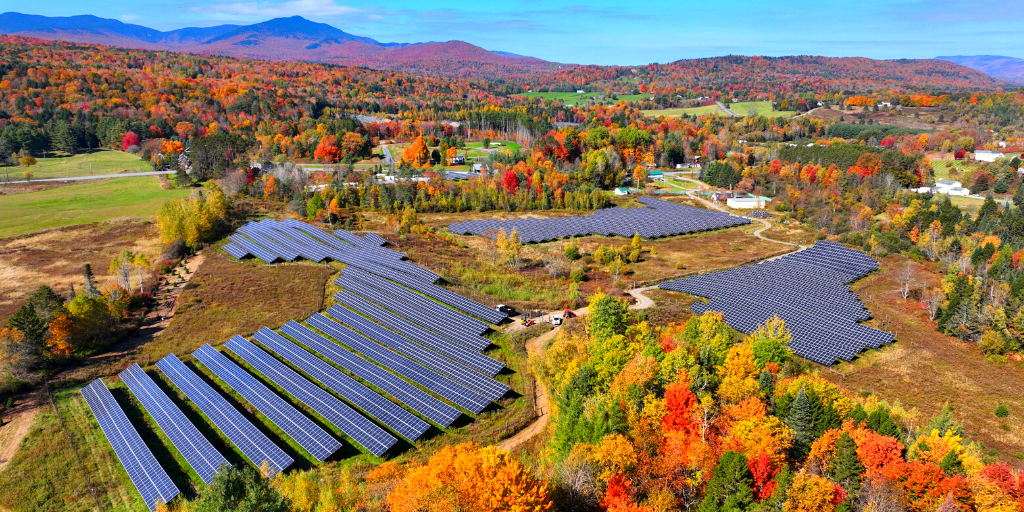
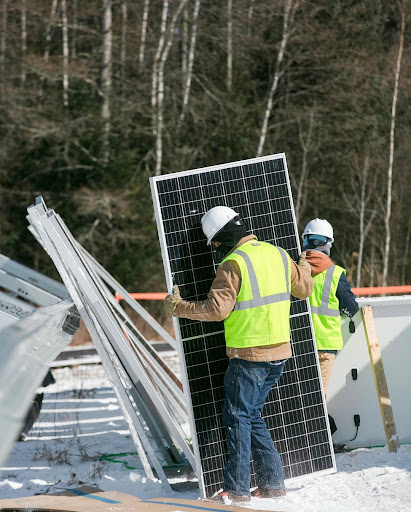



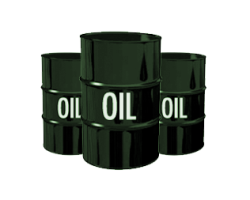

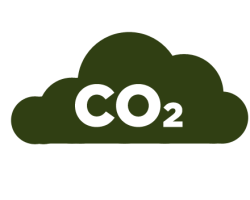
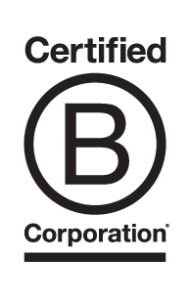 The team at Encore Renewable Energy® is proud to be certified as a B Corp, joining over 3,500 other businesses worldwide who also share a commitment to social and environmental performance, accountability and transparency.
The team at Encore Renewable Energy® is proud to be certified as a B Corp, joining over 3,500 other businesses worldwide who also share a commitment to social and environmental performance, accountability and transparency.